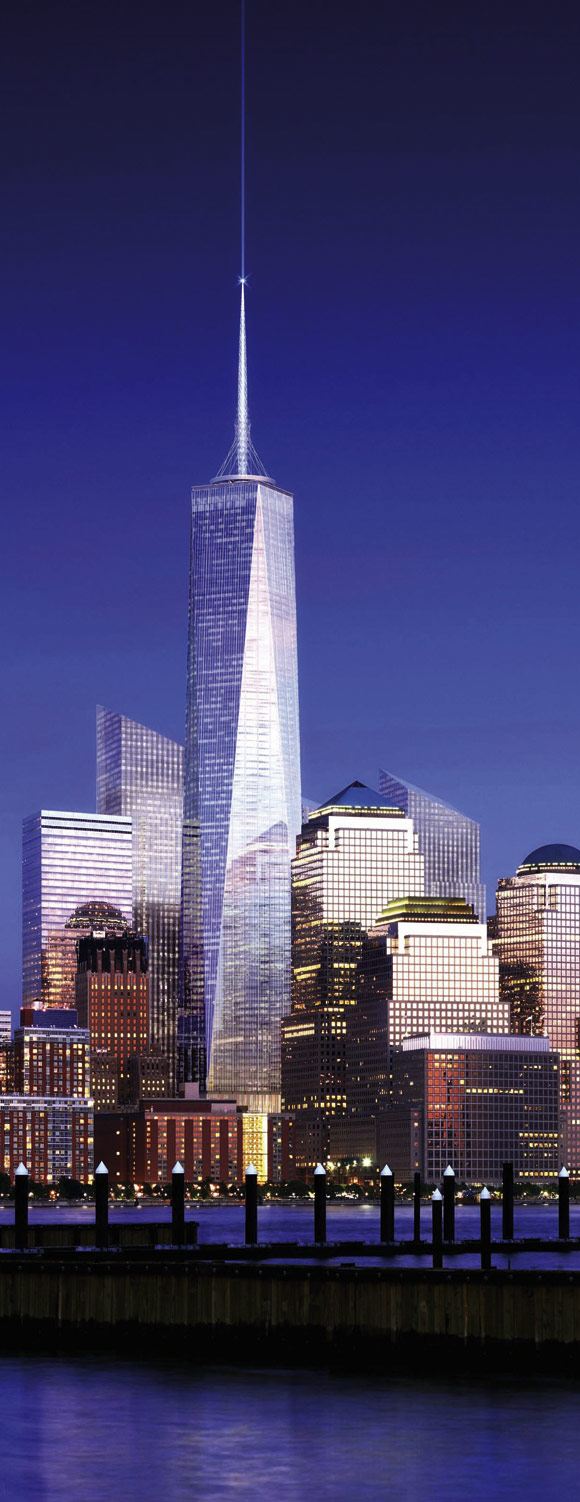News
Spanish condemn Madrid fire concrete
Spanish authorities have produced their report on the Windsor Building fire in Madrid a year ago, condemning the surviving elements of the concrete structure as beyond repair. The report scotches earlier suggestions that failure of unprotected perimeter steel mullion columns was the sole cause of the building’s collapse (click here to see article).
During the fire the top ten storeys at one end collapsed and much of the perimeter above the 17th storey collapsed later. The building was constructed using a concrete core, internal concrete columns, RC waffle slab floors and steel perimeter mullion columns. The mullions had originally been left unprotected and were being gradually protected during a refurbishment programme when the fire struck.
None of the fire protected mullions failed and the Spanish report says that it is likely that the upper storeys would not have collapsed had fire protection been in place. BCSA Technical Consultant Dr Roger Pope said: ”The report concludes, unsurprisingly, that if you do not protect light steel members they will fail in a prolonged fire. Most levels below the 17th were protected, but on the 9th level which was unprotected the mullions buckled but did not collapse as the loads were taken by alternative load paths, which is a classic robustness provision.”
Dr Pope says that alternative load paths above floor 17 failed to prevent collapse because there was no effective fire compartmentation, and because of failure of two portalised internal 1200×500 concrete columns at the northern end of the building which collapsed. “The report concludes that the failure of these columns resulted from debris loading and progressive load shedding. But did it? My analysis suggests that the heat from the fire which started at the northern end reduced the capacity of the columns critically, so they were unable to withstand the load from weakened mullions together with whole frame expansion effects.”
The report also says that everywhere the fire spread the concrete was then condemned, because differential expansion causes failure of the bond between reinforcement and concrete in fires in excess of 500°C. In the Madrid fire this temperature was reached to a depth of 100mm over more than half the floors and columns.
Dr Pope said:“This means that reinstatement would be impractical because so much of the structure, having been exposed to this severity of fire for so long, would be condemned.”










